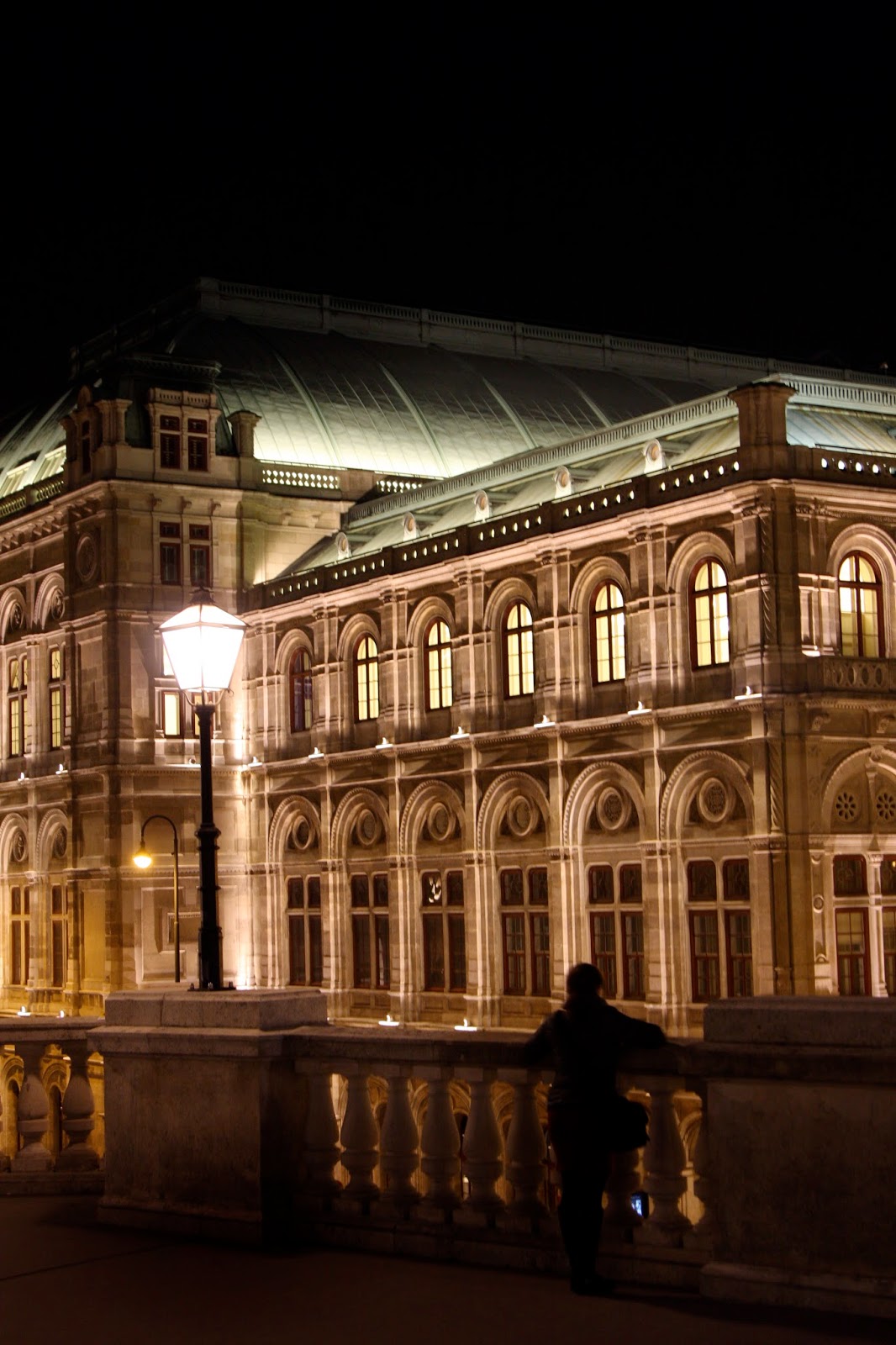Night moves -- Traveling after dark
Just because the sun goes down, doesn't mean your camera has to go away or that the traveling has to stop. For photography, night time brings out colors, light, shadows and movements impossible to capture during the day. And with modern cameras, anyone can snap clear photos after dark. For travel in general, night time is the right time to experience those famous landmarks in a new light.
Given the propensity for action photos to blur in low light, I have always found static objects to be excellent evening subjects, especially for someone not schooled extensively in shutter speed and aperture, or someone who does not have bags of lighting and equipment. But in reality, some of the most beautiful things in the world are man-made structures. And as tourist attractions go, the most popular ones around the world more than likely have already perfected the art of nighttime mood lighting.
Take Dublin, Ireland’s Harp Bridge, for example, with its swooping white tower and elegant string-like cables. It makes for a sturdy and whimsical site in between pubs. But after last call, the bridge takes on an effervescent glow reminiscent of the city’s late-night pub vibe. Nighttime Dublin — whether near the bridge or not — is when the tourist and the local crowds come together. Irish hospitality is never more pronounced than when it comes from the guy sitting on the stool next to you. Sing a few songs and then stumble out to see the illuminated Harp Bridge.
The Opera House in Vienna, Austria, was one of the most extravagant buildings I had ever seen, naturally. In a city where music and architecture move together like two ballroom dancers, there are bound to be stunning sights around every corner. When the sunlight dims and the street lights buzz on, the whole city erupts into new life. The Opera House is just one of the more beautiful uplit structures, almost surreal and sparkling like a massive, glimmering gemstone.
But Vienna at night is itself a treasure. Before the Opera House lets out from its last performance of the night, park yourself at one of the sidewalk cafés. There you can indulge in a slice of Viennese pastry, a cocktail and the hum of nighttime passers-by enjoying their stroll along the city’s pedestrian walkways. Even the city’s famous St. Stephen’s Cathedral, eerie with gothic aura during the day, becomes even more so when the shadows begin to creep along its decorated façade and spired, tiled roof.
Vienna is not alone in its knack for nighttime sights. Grab a gellato nearby Rome's Pantheon and enjoy the silence that comes with an empty well-known tourist stop. Sit around the fountain at the entrance to the famed dome, enjoy your treat and listen to the late-night tinkling of utensils on plates as the Italians finish up dinner, whether at the cafes nearby or in their homes in the apartments above. The fountain is perfectly lit to provide a compliment to the rough stone Pantheon, whose blemishes, age and weighty importance are revealed between dancing shadows.
Two of the most well-known buildings in the world — the Eiffel Tower and the United States Capitol building in Washington, D.C. — are prime examples of the transformative power of nighttime. Both are immense structures rising out of the darkness, battle-worn but unscathed; symbolic of their respective country’s emergence from obscurity — and, of course, stunning from behind a lens.
So I say get out there at night and see the world when the sun goes down. While you’re at it, try out some of those strange settings on your camera or your iPhone and see what develops. The night belongs to the adventurous.


No comments:
Post a Comment